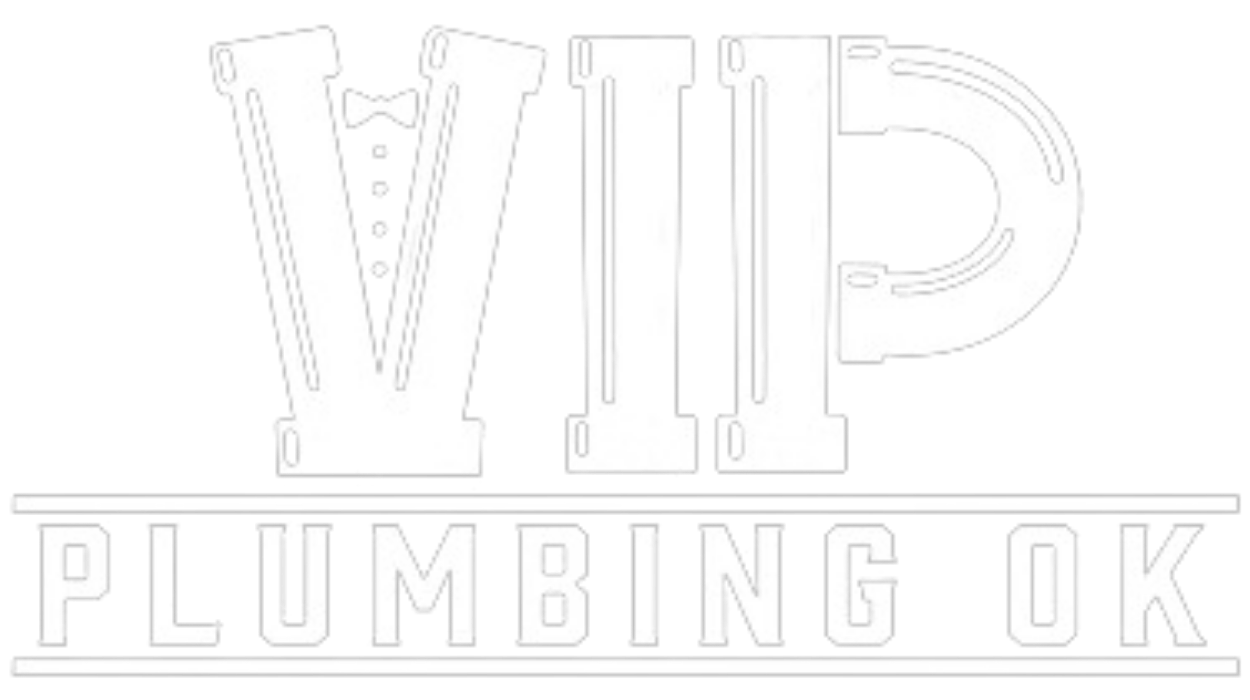Sewer lines are an integral component of a home’s plumbing system and transport wastewater to the municipal sewer system. Because they are installed underground, they are frequently ignored until a problem arises.
Regular maintenance is needed to keep the sewer line operating correctly and includes educating homeowners about proper disposal habits, the possibility of tree root invasion, and the role corrosion plays in sewer line blockages. Prevention is always the wisest first step but when problems do develop augering, hydrojetting, and a camera inspection may be included in regular maintenance.
In this article, we will learn about the modern history of sewer line materials and the problems associated with each type. We will then expose the top causes of sewer line failure and explain what an inspection can provide. Finally, we will describe what can be expected during a sewer line inspection.
History Of Sewer Line Materials
The evolution of sewer line materials was driven by the desire to eliminate the problems associated with each type. Here, we will describe each type of pipe material and why it was replaced.
Clay Pipe
Prior to 1970, many homes were built using clay pipes for sewer lines. This pipe was installed in a trench, with each piece butted up to the next. This material was strong, but the separation between pipes allowed dirt and debris to enter, causing clogging problems. The worst invader of clay pipe was tree roots in search of nourishment to support the tree growth. Over a short period of time, a homeowner could be plagued with a root-packed pipe, so regular cleaning was needed.
Orangeburg Pipe
This pipe was developed as an alternative to steel pipes as steel was in demand as part of the World War II effort. It was a combination of wood fibers mixed with tar pitch. This was a more affordable option and thus was the pipe of choice between 1940 and 1970.
Unfortunately, this pipe could not meet the high expectations placed upon it. Cleaning and unblocking this pipe created problems since the fibers were unable to withstand the pressures created by cleaning equipment. A clogged pipe could easily turn into a full-blown disaster.
PVC
Looking for an alternative to this fiber pipe, manufacturers developed the first version of polyvinyl chloride piping. Heavily used in the 1980s, PVC pipe provided a lightweight, durable, and more affordable option and overcame the issues associated with pipe used earlier.
After some time, problems arose with PVC pipe. It became brittle and unable to withstand the pressures required by a sewer line. The pipes cracked, collapsed, and were generally not considered a viable option.
Schedule 40 PVC
To improve on the earlier and thinner version, manufacturers developed a PVC pipe with a thicker wall. This created a pipe that could withstand the normal pressures placed upon it, and it became the overwhelming choice for sewer lines and remains so to this day.
The smooth interior allows for the removal of waste products without the fear of clogs. Its thick walls are resistant to tree root intrusion and other common causes of sewer line issues, which we will now discuss.
Common Sewer Line Issues
As one can imagine, older homes with original plumbing pipes are more susceptible to sewer line issues, but even more modern homes can have difficulties due to improper disposal habits or conditions beyond their control.
Soil Shifts
Sewer lines always run underground and are supported by gravel-filled trenches. Situations may occur that cause the ground to shift, wreaking havoc on the sewer lines as their support becomes vulnerable. Earthquake activity, erosion of nearby soil due to a leak, or heavy equipment driving over a sewer line can all result in soil movement, which can lead to cracks, misaligned, or collapsed pipes.
Clogs
A clogged sewer line can result from several different activities. Here, we will explain the top three conditions that lead to a clogged sewer line.
Tree Roots
Tree root intrusion is likely the most common type of clog. As threadlike roots find their way into the sewer line, they quickly grow and eventually block the line, slowing down or stopping the flow of wastewater. Caution should be taken when planning a landscape design, but for those with established plant materials, tree roots can be a real problem.
Grease, Hair, And Other Enemies
Drain pipes lead from every fixture and appliance in a home, and what you dispose of in the drain affects the state of the sewer line. Grease, fibrous foods, egg shells, and coffee grounds lead the “Keep These Out Of Your Drains” list in the kitchen and should be disposed of in the trash.
In the bathroom, flushable items, diapers, and feminine hygiene products top the list, followed by condoms, cotton balls, and dental floss. As these items work their way through the drainage system, they combine to form blockages that are difficult to remove and require the expertise of a professional plumber.
It is best to educate yourself on the proper methods of waste disposal and practice them diligently to avoid the difficulties of a clogged sewer line.
Corrosion
Because sewer pipes are in constant contact with wastewater, those made of metal can become corroded over time. The lining of the sewer pipe begins to rust, and as the rust accumulates, the diameter of the pipe interior decreases. This leads to increased clogs, complete blockages, and possible sewage backups if wastewater does not have a place to exit.
Homes with hard water, rich in minerals such as calcium and magnesium, are more susceptible to corrosion, but using PVC has reduced the effects of hard water on pipes as all plastic pipes are naturally corrosion-resistant.
What A Spring Inspection Can Provide
A sewer inspection can take place at any time of the year, but spring is ideal since tree roots are the most active. It is also an ideal time to check on the strain winter can place on a sewer line with holiday parties and visiting guests, as well as the inability to constantly monitor their disposal habits.
Material Type
A look into the sewer line will provide homeowners with information on the type of material used when the sewer line was installed. This allows for future budgeting, knowing a pipe material is nearing its expected lifespan.
Condition Of The Pipe
Leaks, sagging, or misaligned pipes can be detected during a sewer line inspection. Since the line is buried, it is challenging to know when a problem is developing. Slow-to-empty drains, foul odors, and gurgling pipes are clues, but nothing can compare to seeing the sewer line and assessing its condition.
Prevention Of More Serious Issues
Regularly scheduled inspections will allow minor issues to be dealt with before they grow into serious plumbing emergencies. A bellied line or a clog can be rectified, avoiding the possibility of a sewage backup. These are not only a nightmare to clean up after, but they can also cause costly damage to homes and health-related issues for the inhabitants.
What To Expect
Sewer line inspections are often conducted using a waterproof video camera. This miniature camera is positioned on the end of a long cable that is inserted into the sewer line and records data that is transferred to an above-ground screen. This is a cost-effective and non-invasive procedure that allows the technician to see what is going on underground.
If issues are found, they can be addressed using several options. First, an auger can be employed to cut through grease deposits or tree roots that have jeopardized the sewer line. For more severe issues, hydrojetting can be beneficial. This procedure uses high-pressure water to clear out blockages and developing roots while scrubbing the sewer line clean of accumulating dirt and debris.
In cases where sewer line repair or replacement is necessary, some rely on trenchless services, or excavation of the sewer line may be needed to access the line.
Looking For A Sewer Line Inspection?
We offer sewer line inspections to help homeowners determine the type of pipe materials used in their sewer systems and the condition of these pipes. Equipped with this knowledge, we can help them determine if repairs or replacements are needed and can complete the job using our experience and expertise.
Call today if you are experiencing any of the signs of a compromised sewer line. Growing roots, grease accumulation, leaking lines, or blockages are not a problem for our licensed and insured technicians. Through a thorough sewer line inspection, they will reduce future sewer line issues while providing homeowners the peace of mind they deserve.

